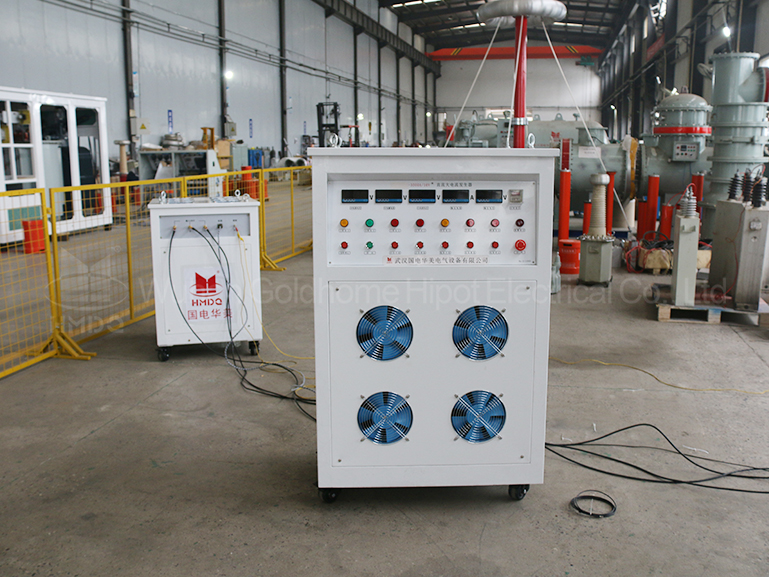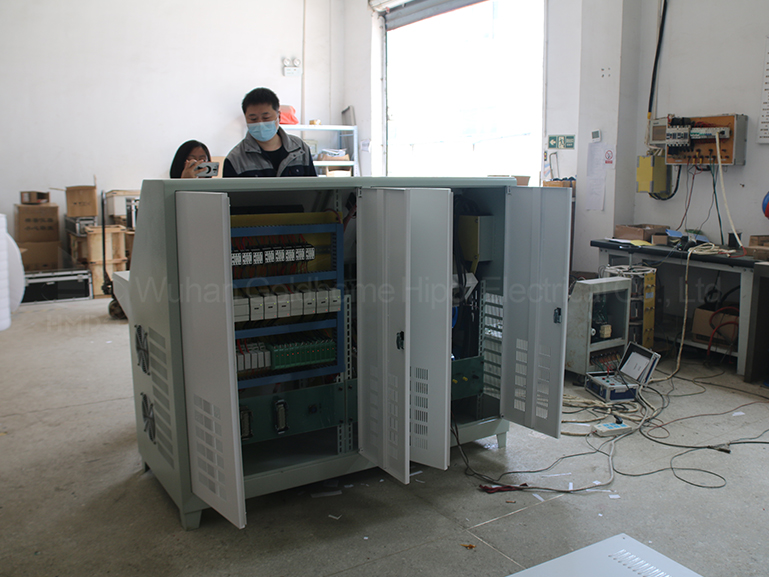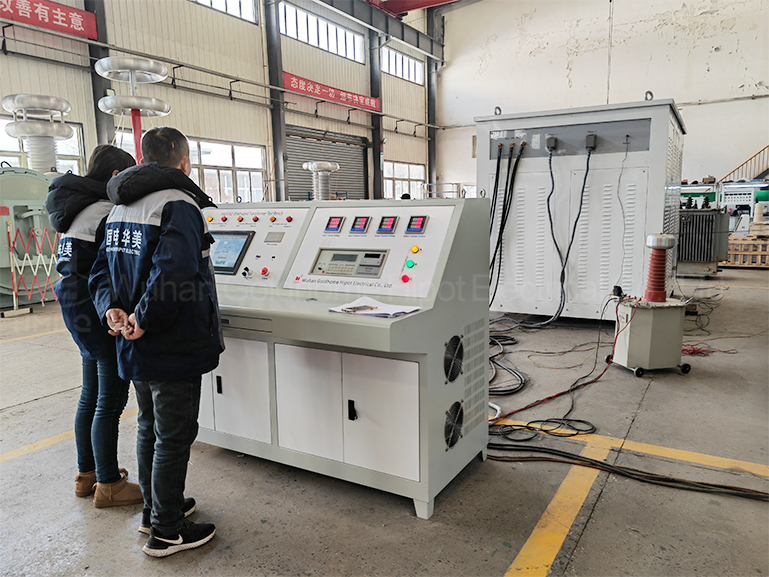What are the detailed test steps for a Primary Current Injection Test System

A Primary Current Injection Test System is used to test the current carrying capability of electrical equipment.Here are detailed test steps for conducting a Primary Current Injection Test:
1.Preparation:
-Ensure the test system is properly set up and calibrated.
-Verify that all connections are secure and that the equipment to be tested is in a safe condition.
-Make sure the test area is clear and that all necessary safety precautions are in place.
2.Setting up the Test System:
-Connect the primary injection test set to the equipment to be tested using appropriate cables.
-Set the test current level on the primary injection test set according to the equipment's specifications.
3.Initial Checks:
-Verify that all circuit breakers and safety interlocks are in the correct position.
-Check that the test system is grounded properly.
4.Performing the Test:
-Energize the primary injection test set to inject the specified current into the equipment.
-Monitor the equipment under test for any signs of overheating,arcing,or other abnormalities.
-Record the test results,including the injected current level and any observations during the test.
5.Post-Test Checks:
-After completing the test,de-energize the primary injection test set and disconnect it from the equipment.
-Inspect the equipment for any damage or signs of stress caused by the test.
-Verify that the test results meet the specified criteria and document the test outcome.
6.Safety Precautions:
-Always follow safety procedures and wear appropriate personal protective equipment during the test.
-Ensure that only qualified personnel perform the test,and that they are familiar with the equipment and test procedures.
-Be prepared to quickly de-energize the test system in case of an emergency.
7.Reporting:
-Prepare a detailed report of the test,including the test setup,results,any observations,and recommendations for further action if needed.
-Store the test report in a secure location for future reference.
By following these detailed test steps,you can ensure a safe and effective Primary Current Injection Test on electrical equipment.
1.Preparation:
-Ensure the test system is properly set up and calibrated.
-Verify that all connections are secure and that the equipment to be tested is in a safe condition.
-Make sure the test area is clear and that all necessary safety precautions are in place.
2.Setting up the Test System:
-Connect the primary injection test set to the equipment to be tested using appropriate cables.
-Set the test current level on the primary injection test set according to the equipment's specifications.
3.Initial Checks:
-Verify that all circuit breakers and safety interlocks are in the correct position.
-Check that the test system is grounded properly.
4.Performing the Test:
-Energize the primary injection test set to inject the specified current into the equipment.
-Monitor the equipment under test for any signs of overheating,arcing,or other abnormalities.
-Record the test results,including the injected current level and any observations during the test.
5.Post-Test Checks:
-After completing the test,de-energize the primary injection test set and disconnect it from the equipment.
-Inspect the equipment for any damage or signs of stress caused by the test.
-Verify that the test results meet the specified criteria and document the test outcome.
6.Safety Precautions:
-Always follow safety procedures and wear appropriate personal protective equipment during the test.
-Ensure that only qualified personnel perform the test,and that they are familiar with the equipment and test procedures.
-Be prepared to quickly de-energize the test system in case of an emergency.
7.Reporting:
-Prepare a detailed report of the test,including the test setup,results,any observations,and recommendations for further action if needed.
-Store the test report in a secure location for future reference.
By following these detailed test steps,you can ensure a safe and effective Primary Current Injection Test on electrical equipment.



